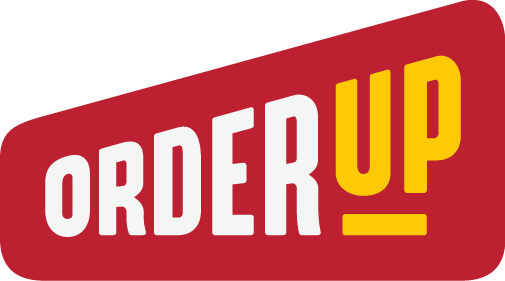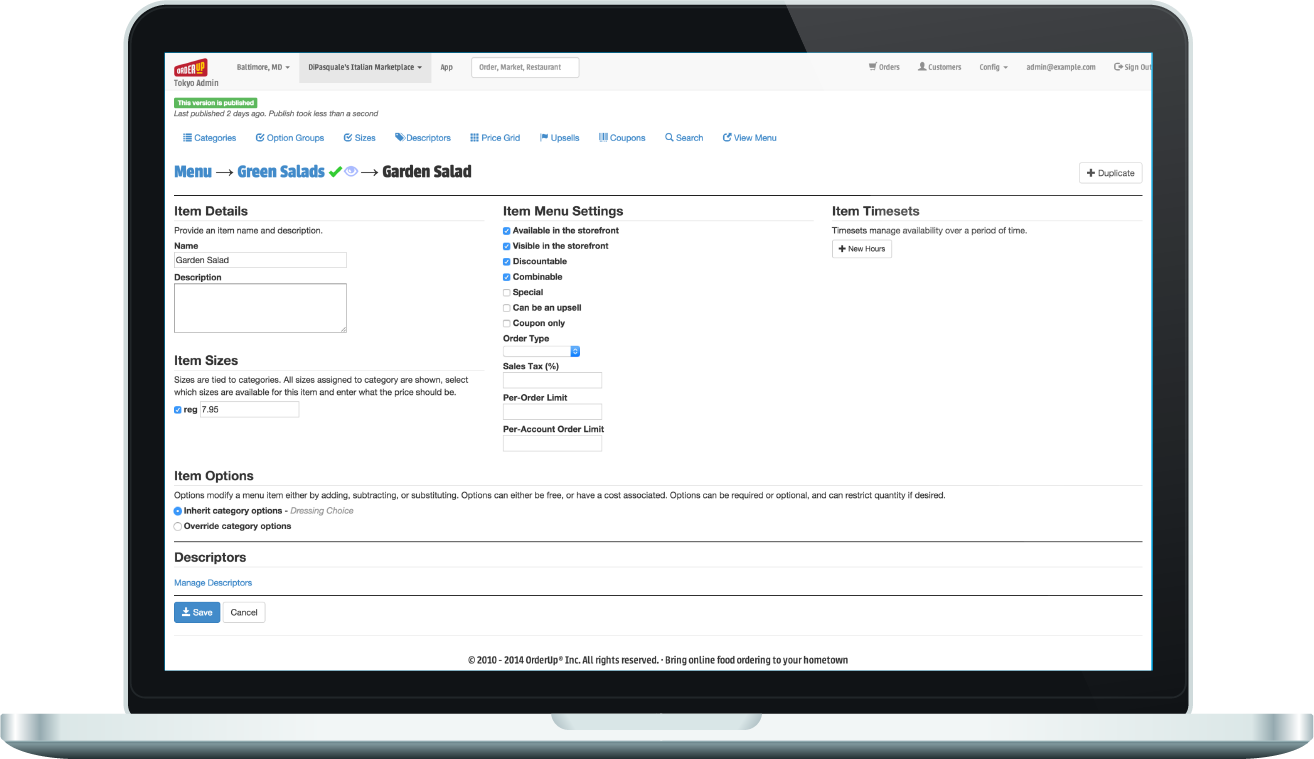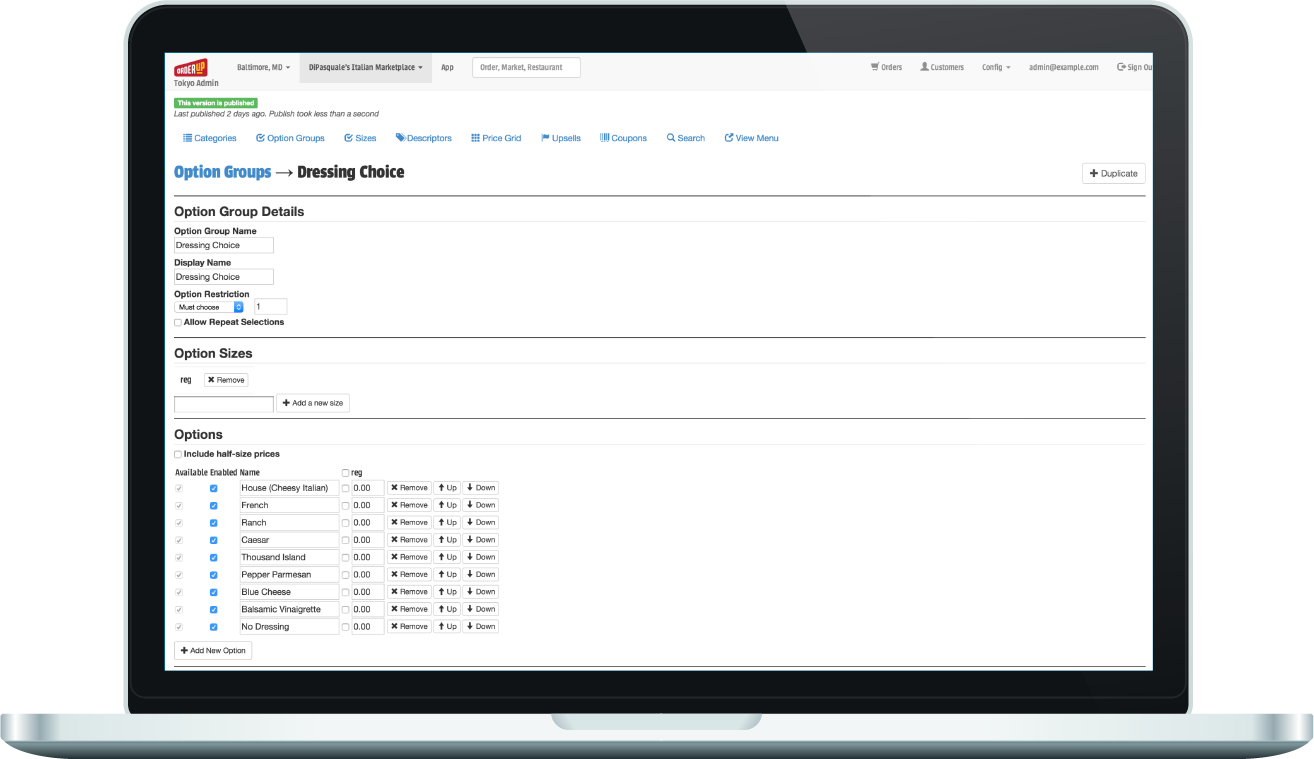OrderUp
Application Development Cuts Data Entry Time in Half for OrderUp

OrderUp, a national online food ordering company, was growing quickly, but hadn’t built their internal development team yet. Paul Barry, OrderUp’s Chief Technical Officer, said OrderUp “didn’t have a lot of development people” when OrderUp first started working with SmartLogic, and they “wanted to grow.”
OrderUp needed help with two specific projects: an internal menu builder tool, and an Android application. OrderUp brought SmartLogic on to help develop those two projects quickly.
An Inefficient Menu Builder
OrderUp has an internal team and menu builder software to set up and edit restaurants’ menus so that customers can easily order food online. “We’re signing up lots of restaurants every day and the menus are always changing,” said Barry. The repetitive labor needed to add and update these menus, said Barry, is “an important limiting factor for our business.”
The old menu builder, said Barry, was inefficient. Simple tasks took more time than they should have. As OrderUp grew, the volume of requests for new menus and changes was becoming hard to manage. OrderUp faced the prospect of hiring many more employees simply to do this data entry work.

Making a Better Menu Builder
SmartLogic and OrderUp worked together to rethink the menu builder so that it could be as efficient as possible. At the same time, OrderUp was rewriting their entire internal system with Ruby on Rails. SmartLogic worked alongside OrderUp to create the menu builder from scratch instead of working from existing code.
Because of the menu builder’s inefficiency, OrderUp and SmartLogic wanted to change the data model of the menu builder app, not just the code. The new data model and interface is much more efficient. For example, the new software makes it easy to change options that appeared in many menu items—so when a restaurant runs out of onions, employees only have to make one change to remove the onion option throughout the entire menu. Additionally, SmartLogic and OrderUp streamlined the process of repricing menu items and sides through the use of a price grid. With this system, all prices are displayed on one page, and can be changed collectively.
SmartLogic created the menu builder as a single page application using the Ember.js framework. A single page application allowed SmartLogic to create a sophisticated user interface to match the advanced features in the new data model. Ember.js made it simple to create a JavaScript-heavy application that works correctly: the back button still works and users can bookmark or share links to individual pages.
The new system cut the time to add a new menu to the system in half. Because of that new efficiency, said Barry, OrderUp is “more productive with the people we had before.” OrderUp is now free to grow without hiring an army of staff to perform repetitive tasks.

A Native Android Application
OrderUp already had a mobile website, but they wanted a native version to make it as easy as possible for people to order food for delivery and takeout from their phones.
It’s harder to find Android developers than iOS developers, Barry explained, and OrderUp didn’t have anyone in-house with the necessary time or expertise. SmartLogic’s extensive experience with Android applications and relationship with OrderUp made them a great fit for the project.
SmartLogic built the Android application so that all of the data would be stored online. That way, menu information and orders could be updated in real time. The application integrates with OrderUp’s API, and SmartLogic made adjustments as OrderUp made changes to the API.
SmartLogic’s Effect on OrderUp’s Team
When OrderUp began working with SmartLogic, they already had a few internal developers. After they raised $7 million in investment capital, they began to grow their development team quickly.
Throughout, Barry explained, SmartLogic worked closely with OrderUp’s team: “It was a co-development project.” The menu builder app, in particular, was only part of a larger project that OrderUp’s team was working on.
The co-development approach was a definite benefit for OrderUp. For example, said Barry, sometimes SmartLogic “would make a suggestion that would apply to the entire application and make a big improvement.”
As SmartLogic finished work on the menu builder project, OrderUp pulled them in to assist with other parts of OrderUp’s backend as well. “We were able to leverage their expertise on things other than the original contract,” said Barry.
SmartLogic has a combination of process and expertise that serves their clients well, said Barry. But SmartLogic’s isn’t just dedicated applied to building great technology. “Ultimately,” said Barry, “they care about the success of your company.” Rather than just building the applications to specifications, SmartLogic “understood the problem we were trying to solve,” Barry explained.
SmartLogic went “the extra mile to make sure the real world problem was solved and the end-users were happy.— Paul Barry, CTO, OrderUp
